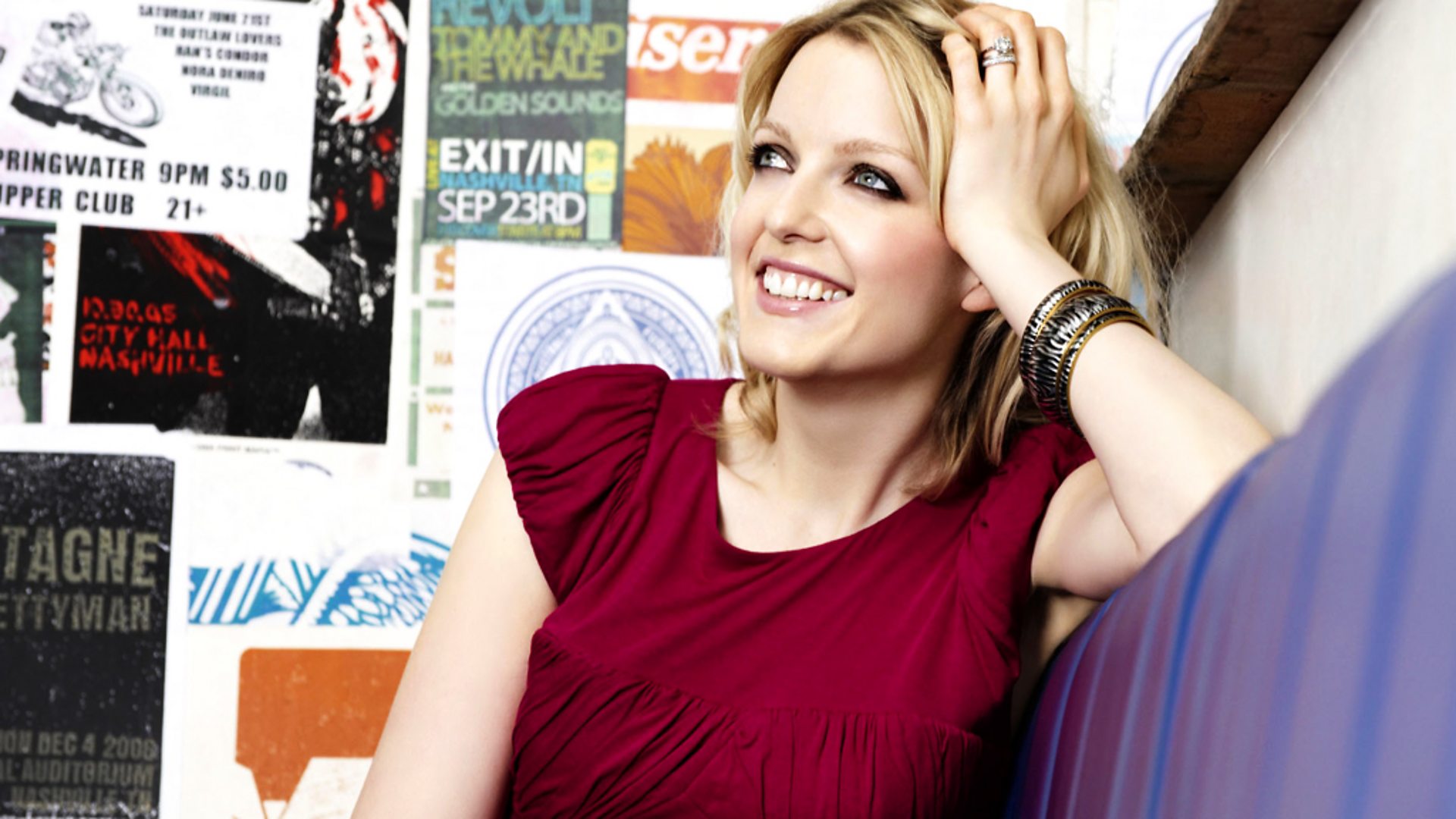History of Public Service Broadcasting; Introduction to Radio and the BBC
History of Public Service Broadcasting; Introduction to Radio and the BBC. Work Leading to Media Case Study for 'Late Night Woman's Hour' on BBC Radio 4
 |
| Lauren Laverne on Late Night Woman's Hours on BBC Radio 4 |
The History of the BBC & Public Service Broadcasting - Part 1
This video outlines how:
- The British Broadcasting Company established 1922 with programming focused on UK programming that is available to all at the cost of a TV licencing fee.
- Higher wages and more free time in British society lead to a greater importance on media to entertain.
- Rethian principles of the BBC to Inform, Educate and Entertain.
The History of the BBC & Public Service Broadcasting - Part 2
This video outlines how:
- In WW2 the BBC owned a monopoly over the Media, especially Radio.
- Television came about in 1953 and TV surpassed radio, overcoming 'low brow' views.
- In 1956 the Coronation of Queen Elizabeth II being televised, lead to a boom in the sales of television sets.
Radio Listening Figures in the UK (Rajar)
- 90% of the population tunes into radio every week.
- 61% of the population tune in to digital radio every week.
- 42% of 15-24-year-old Social Media users claim to receive updates about their favourite Radio Station/Presenter
- 31% of adult Social Media users claim to receive updates about their favourite Radio Station/Presenter.
As a personal response, I found these statistics difficult to process. It shows the significance to which digital media presents within our lives. It clearly represents the consumer culture, equally demonstrates how profits can be pushed by media corporations by dominating lives of the populous can take place across a multitude of mediums.
Changes to Radio
The benefits of DAB and Convergence arguably give the radio hosts more control and freedom with their broadcasts (Curran + Seaton). The late night slot (after watershed) allows them to make more controversial choices in the productions and still reach large audiences. This makes regulating the media programs more difficult (Livingstone + Lunt). This combined with the rise of digitally convergent platforms means that audience consumption patterns have shifted.
The final point to consider with the shift is that audiences can listen to broadcasts anywhere and on any device. Therefore the live schedule and time slots of the shows have become arguably less relevant (Shirky).
Radio Catagories
- BBC Radio
- Funded by the licence fee
- Does not air commercials
- National Commerical Radio
- Broadcast nationally
- Gains funding from commercials
- National Brands
- Regional stations owned by 1 group network
- Independent
- Not specific to a certain region, not owned by a network group
- Community Radio
- Not for profit radio, funded by the local community
- Hospital Radio
- Broadcast in hospitals funded by staff and volunteers
Public Service Broadcasting
Broadcasting designed to serve the public - it is a concept, an approach to broadcasting.
It is embodied by the Reithian principles; Infrom, Educate and Entertain.
Each of the 5 TV Channels has a diffrent PSB remit which are dictated by the state and enfroced by Ofcom (independent regulators).The BBC is a vertically integrated (a company expands its business operations into different steps on the same production path) company who control the majority of their products from production through to distribution.
THE BBC
The BBC has a 100% PSB remit. This means that the BBC is funded by the public. As they are funded by the TV licencing fee, they have no obligation to be in any way bias (in theory). There has been some criticism over the BBC and whether it shows political bias in the past, however, it still claims and appears to be impartial. Being funded by the TV licence also means that the BBC doesn't have to air shows just for a mass audience. It provides a diverse range of content for its viewers. The BBC equally is looked up to for the quality and standard of its content.
As for regulation, the BBC is regulated by Ofcom who is in charge of the public service broadcasting reis and have solely regulated the BBC since 2017. The only reason the BBC can fully commit to its huge 100% PSB is that it doesn't rely on any advertisers and refuses to air brands where possible.
Mission and Values of the BBC
| BBC Broadcasting House, London |
Our Mission
To enrich people's lives with programmes and services that will inform, educate and entertain.
Our Vision
To be the most creative organisation in the world.
Our Values
- Trust in the foundation of the BBC; we are independent, impartial and honest.
- Audiences are at the heart of everything we do.
- We take pride in the delivering quality and value for money.
- Creativity is the lifeblood of our organisation.
- We respect each other and celebrate our diversity so that everyone can give their best.
- We are one BBC: great things happen when we work together.


Comments
Post a Comment